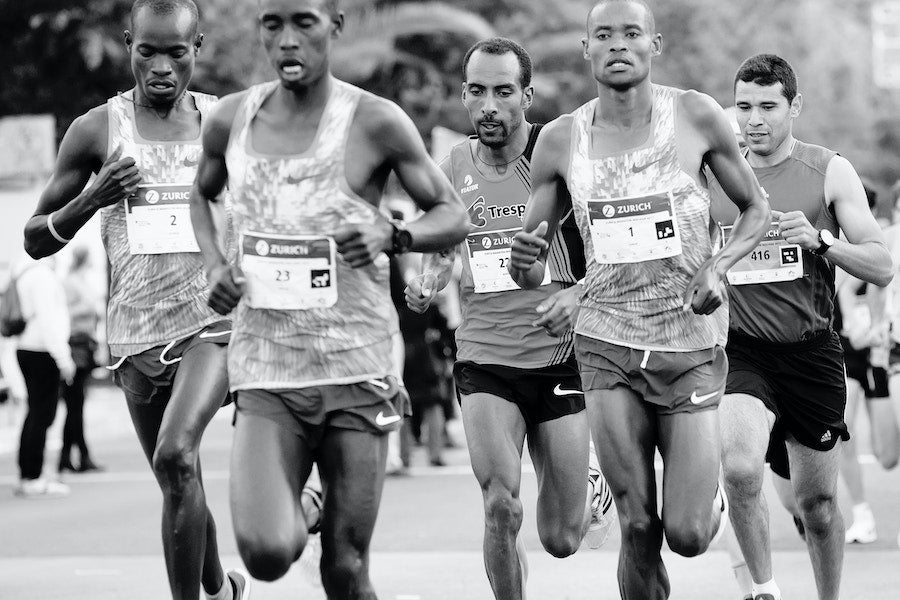Understanding Nipple Bleeding:
Ever heard of jogger's nipple or hiker's crotch? These discomforts arise from increased blood pressure and temporary tissue hardness over the nipples during running, resulting in blanching, chafing, and bleeding, often accompanied by chest numbness due to nerve compression.
Who's at Risk?
If you've felt nipple pain while running, it might be a run-in-the-nipples injury, common among joggers and marathon runners with longer nipple distances. While some injuries can be prevented with supportive clothing, others are inevitable. In this article, discover how to prevent and treat nipple bleeds during long runs.

Causes of Nipple Chafing:
Long-distance runners are well aware of the dangers of nipple strain. Stress during running can make nipples sensitive and even bruised. Proper hydration and wearing a supportive bra are crucial to prevent nipple bleeds.
Runners and Nipple Infections:
Runners often face the vulnerability of nipple infections, marked by swollen, red, and painful nipples. While compression bandages are a common remedy, they might not always work consistently. The primary cause of nipple bleeding is overuse, stretching, or injury. Environmental chemicals, irritants on clothes, and even tumors can contribute to nipple injuries.

Preventing Nipple Bleeding:
Nipple pain is a frequent woe for runners, but it can be avoided. Taking precautions, such as proper hydration and wearing suitable attire, can protect your nipples from injury and bleeding during long runs.
- Protection is the key to keeping Nipple chafing at bay. Keep the area covered with SkinEasi activ, the dermatologically tested anti chafing gel. For nipple areas, it is recommended to apply twice. Let the first layer dry up and then apply a second layer. It will protect your nipples from chafing and bleeding for long hours
- Keeping the area clean and dry is important. Do not rely on tapes to prevent Nipple Bleed as they will come out when you sweat.
- Make sure you have a running bra that fits properly and is made of materials that are comfortable to wear.
- Wear a sports bra under your shirt if you run in cool weather. This will keep your nipples from being pressed against your shirt as much, which can cause them to be painful.
- Run at a pace that's comfortable for you and doesn't cause any strain on your body parts (i.e., make sure that your feet aren't stepping on each other or doing anything uncomfortable).
- Try stretching before running, especially if it's cold outside! A good way to stretch out would be by doing an aerobic-style warm-up routine for about 10 minutes before heading out onto the road or trail—this will help get blood flowing throughout your body so it's easier for muscles to warm up as well






